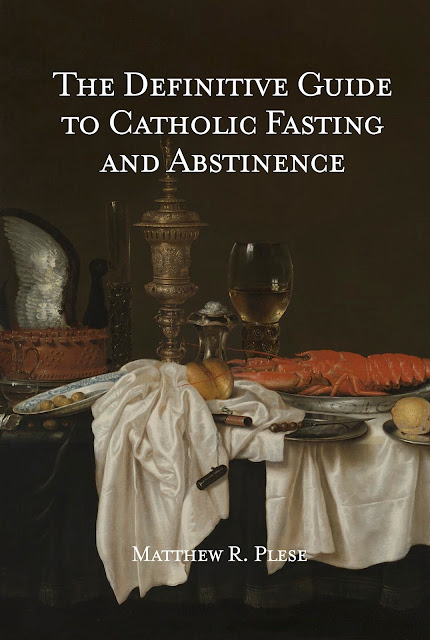Today's Stational church is
St. Nicholas in CarcereThis Station is at a church built on the ruins of three pagan temples and consecrated to St. Nicholas. It is called in carcere because in ancient times it had been a dungeon—a prison devoid of light.
Water, food and light are indispensable for the maintenance and up-building of our natural life. Sacred Water, Sacred Food and Sacred Light are indispensable for the maintenance and up-building of our supernatural life.
1. "Unless a man be born again of water and the Holy Spirit, he can not enter into the Kingdom of heaven."
2. "Unless you eat the Flesh of the Son of Man and drink His Blood, you shall not have life in you."
3. "I am the Light of the world. He that follows Me walks not in darkness, but shall have the light of life."
Catechumens and Faithful both were deeply impressed while listening to the Gospel of "The Light of the World" read in today's stational church, which is over a dark dungeon. There criminals were held in confinement, deprived of light, liberty and the joys of life. A man in mortal sin walks in darkness. The light of Christ is not in Him. He sits in darkness and in the shadow of death. With God's help, we must free ourselves during the remaining days from all darkness.
St. Nicholas—lead us today to Him, who by Sacred Water has made us His living branches, to Christ Jesus, our Divine Food and Holy Light.
Let us pray: Mercifully compel our rebellious wills and make them subject to Thee, O Lord. We ask this Through Christ, Our Lord. Amen.
Source:
St. John Cantius Parish
 O my God, I beg of Thee, in union with the Immaculate Heart of Mary, through the merits of the Precious Blood offered to Thee in every Sacrifice of the Mass throughout the world, to grant that, this day, one sinner may be converted, one mortal sin be averted, one soul in doubt be converted to truth, one soul about to die in sin receive the grace of repentance and a happy death, and the deliverance of that soul in Purgatory which is nearest Heaven. I wish, by this offering, to console the Heart of Jesus in Agony for souls lost through the teaching of error against the true Church of Christ Jesus, our Lord. Amen.
O my God, I beg of Thee, in union with the Immaculate Heart of Mary, through the merits of the Precious Blood offered to Thee in every Sacrifice of the Mass throughout the world, to grant that, this day, one sinner may be converted, one mortal sin be averted, one soul in doubt be converted to truth, one soul about to die in sin receive the grace of repentance and a happy death, and the deliverance of that soul in Purgatory which is nearest Heaven. I wish, by this offering, to console the Heart of Jesus in Agony for souls lost through the teaching of error against the true Church of Christ Jesus, our Lord. Amen.








